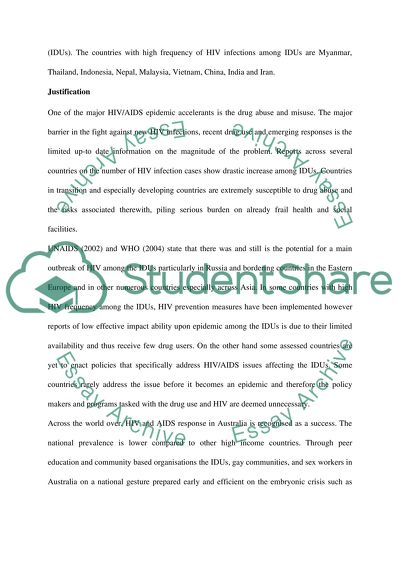Cite this document
(“A Report on Social Marketing Campaign Essay Example | Topics and Well Written Essays - 2000 words”, n.d.)
Retrieved de https://studentshare.org/marketing/1433495-a-report-on-social-marketing-campaign
Retrieved de https://studentshare.org/marketing/1433495-a-report-on-social-marketing-campaign
(A Report on Social Marketing Campaign Essay Example | Topics and Well Written Essays - 2000 Words)
https://studentshare.org/marketing/1433495-a-report-on-social-marketing-campaign.
https://studentshare.org/marketing/1433495-a-report-on-social-marketing-campaign.
“A Report on Social Marketing Campaign Essay Example | Topics and Well Written Essays - 2000 Words”, n.d. https://studentshare.org/marketing/1433495-a-report-on-social-marketing-campaign.


